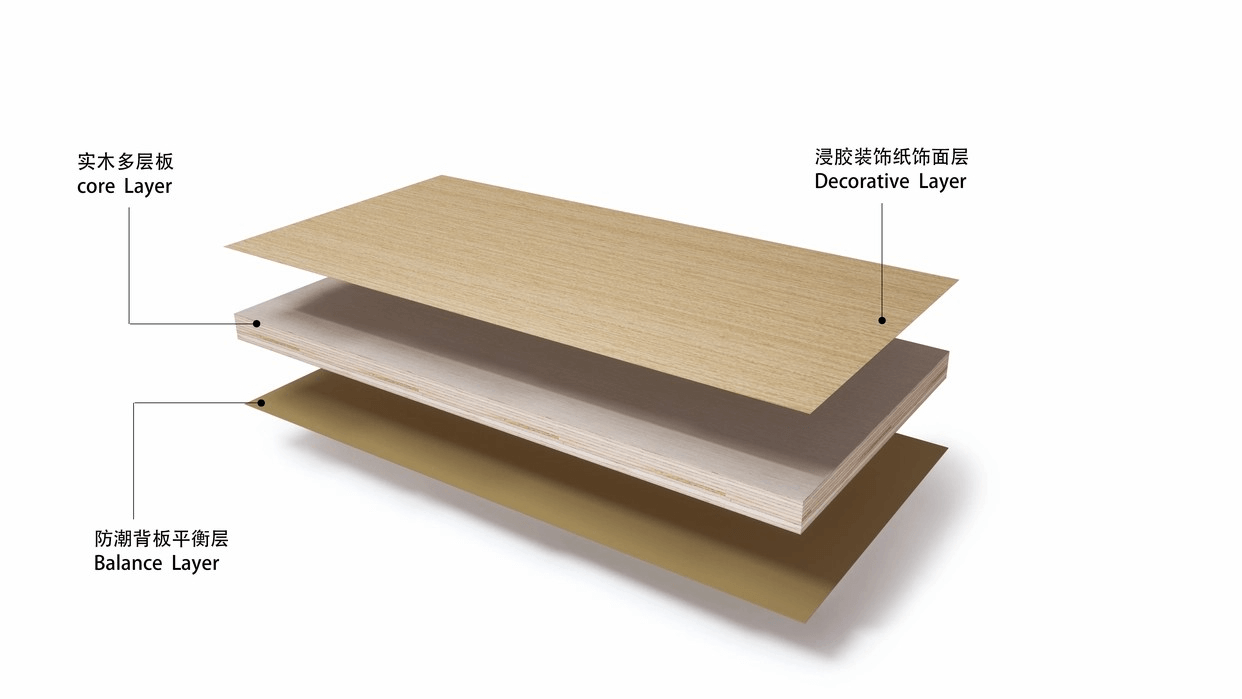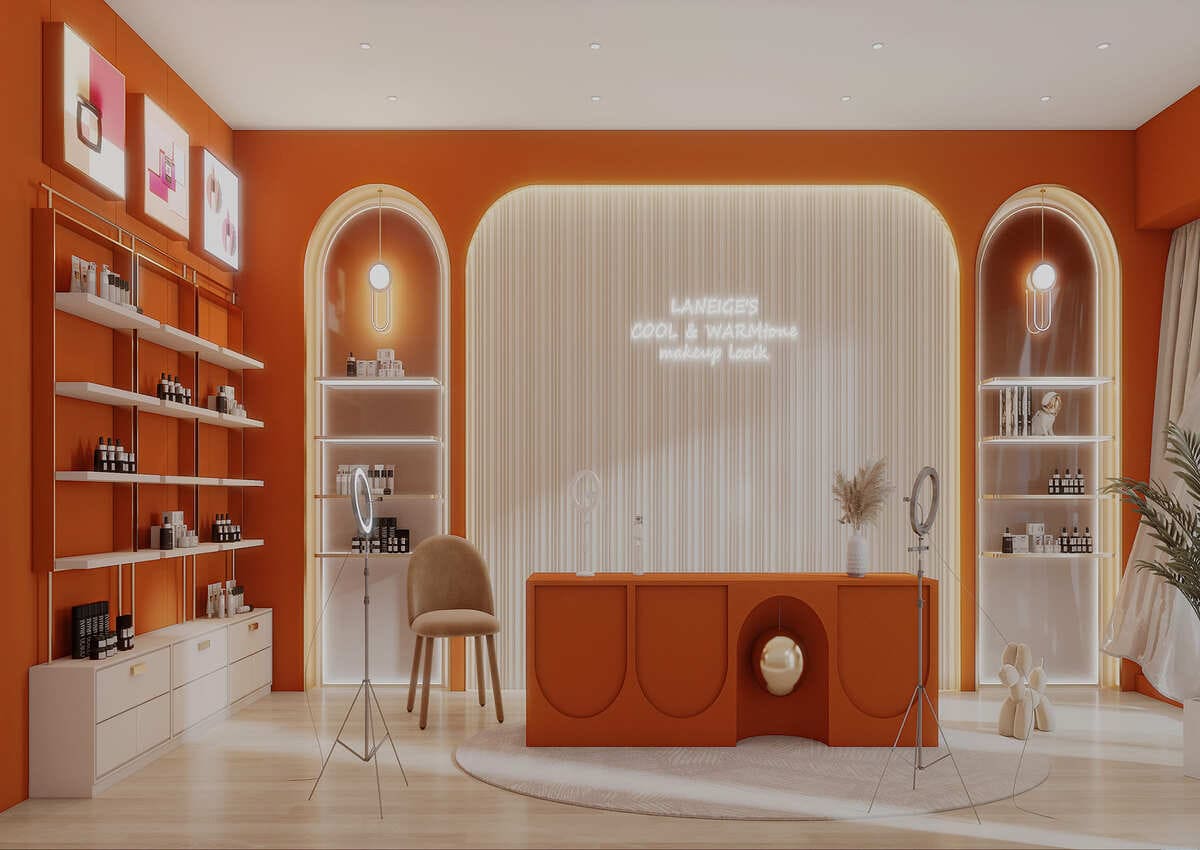In the realm of WPC (Wood Plastic Composite) wall panels, a crucial concern is the formaldehyde emission. This blog explores the various factors influencing formaldehyde release and offers insights for consumers.

1. Factors Influencing Formaldehyde Emission:
a. Brand and Origin: Different brands and international variations of WPC wall panels exhibit varying formaldehyde emissions. Environmental standards differ, making it essential to compare and evaluate both domestic and foreign options.
b. Material Composition: WPC wall panels come in various types such as aluminum alloy, eco-stone, nanofiber, and solid wood. Each type involves distinct materials and manufacturing processes, directly impacting formaldehyde emissions.
c. Adhesive Quality and Quantity: Adhesives, often a primary source of indoor formaldehyde, significantly affect emission levels. Excessive use of poor-quality adhesives during production contributes to higher formaldehyde release.
d. Price Grade: WPC wall panels span a range of price grades. Higher-grade panels, though more expensive, often boast superior styles, environmental ratings, and lower formaldehyde emissions. Personal needs and preferences should guide the selection process.

2. Caution Against Unregulated Brands:
While reputable brands adhere to environmental standards, caution is advised when dealing with non-mainstream suppliers. Small businesses might compromise on material quality to reduce costs, leading to increased formaldehyde emissions. Choose carefully to ensure both quality and safety.

3. The Significance of Wall Panels in Formaldehyde Control:
Understanding the importance of wall panels in indoor air quality is vital. Wall panels cover over 70% of interior surfaces, significantly influencing overall formaldehyde levels. Given formaldehyde's carcinogenic nature and long emission cycles, careful material selection is crucial.

4. Recommendations for WPC Wall Panel Installation:
To minimize formaldehyde exposure, consider dry installation methods like skeletal hanging or fasteners instead of adhesive use. Additionally, ensure consistency in material choices, including furniture, doors, and ceilings. A holistic adherence to standards creates an indoor space with minimal formaldehyde emissions.

Conclusion: In the mass production of engineered boards like WPC wall panels, complete formaldehyde absence is unlikely. However, if these panels meet regulatory requirements, their impact on indoor air quality is negligible. Opting for installation methods that reduce adhesive use and choosing compliant materials for all components contribute to creating an indoor environment with low formaldehyde emissions.
Understanding the dynamics of formaldehyde release in WPC wall panels empowers consumers to make informed choices for healthier living spaces.